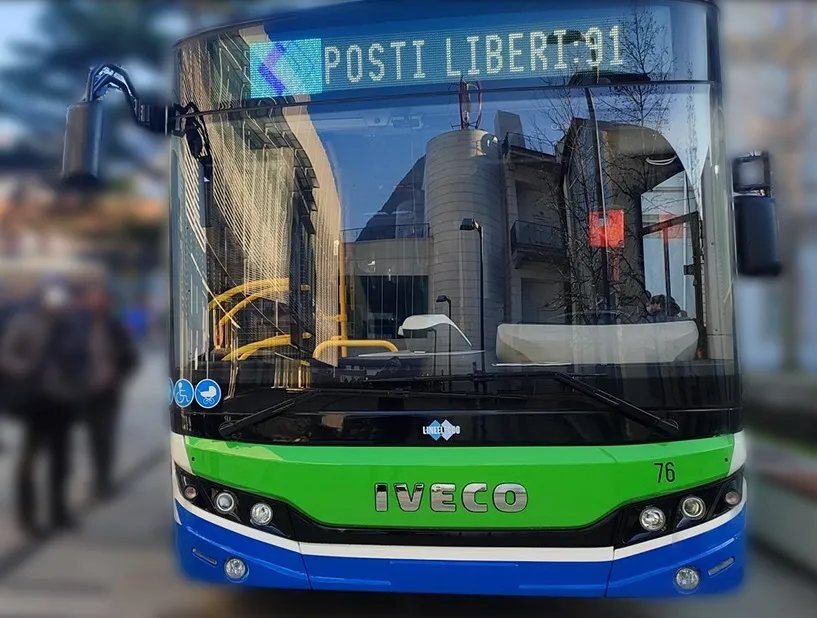
This is according to Schreiner senior sales manager Paul Bunge. Holding up the new windshield tag for all to see, Bunge said: “The advent of passive, dynamically encrypted UHF (ultra high frequency) RFID introduces an important new security level for automatic vehicle identification (AVI).”
Passive RFID tags have been introduced to replace the more unwieldy, battery powered active tags conventionally used for AVI applications. The new technology applies to a large range of uses, such as vehicle access control, electronic tolling, parking facilities and AVI for fleet management and innovative initiatives in car sharing.
“Schreiner is the first company to be supplying these lightweight and secure tags in significant volumes. Other companies here at Intertraffic are now providing the readers and antennas for passive UHF RFID.”
Schreiner’s windshield tags contain NXP chips for reputable security. They are also remarkably small and agile – paper thin and about the size of a sticking plaster.
According to Schreiner, the tags enable efficient processes and absolute confidentiality of transmitted data. Vehicles are clearly identified based on counterfeit-proof security chips so that access to sensitive areas can be closely and reliably controlled, the company says.
An attractive appearance, with customised design, is provided by state of the art printing technology. High resistance to UV degradation and temperature damage comes from a special protective film.








